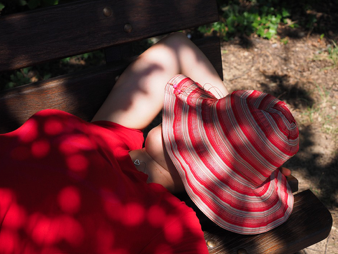For Holistic Healing in Santa Fe, Rest Plays a Bigger Role Than You Think
How many of us skimp on rest? As a competitive cyclist, I noticed that those who trained non-stop never peaked. They were good but never great. Rest was the unsung hero, the magic ingredient for better results. Rest was a catalyst.
Beyond the sports benefits, rest counters the physical, mental and emotional stresses we deal with everyday. As we know, too much stress is bad—among other things, it can decrease fertility, be the tipping point into chronic disease or make illness worse. Stress hurts our sleep and puts pressure on our relationships. So how can we deal with stress? Rest is an elegant solution.
First, rest is strategic. Timing, rhythm, and tempo matter. Sometimes (doing) less is more. Resting 15 minutes for every hour of concentrated tasks reportedly results in highest productivity and is especially effective if we recharge before we’re tired.[1] Experiment with what rest you need during the cycle of a day, a week, a season and a year. Try it: Yes, a vacation might be in order as you consider your annual cycle, and a nap might be needed for your 24-hour cycle. (Did you know that some Olympic athletes schedule naps after workouts? For improved performance, mental sharpness and recovery.) Think of your daily cycle as music.

Second, rest is the antidote to what you are doing now. Rest is a change of pace, scenery or activity. Try this: If you’re working inside, then go outside for a walk or just to watch the birds and clouds. If you’re working outside, then go inside and read a newspaper or a good book and have a cup of tea. If you’ve been alone a lot, you might need to be around other folks, and vice versa.
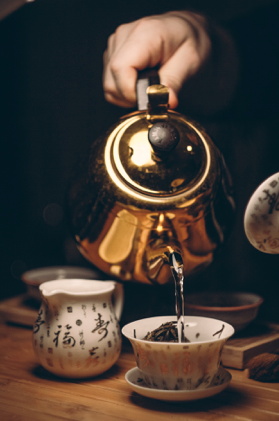
Third, rest may require exertion. Sometimes we feel abysmal because we are not moving enough and there are too many compressed kinks in our tissues. That’s one reason acupuncture feels so good; it moves the meridians to increase circulation, which helps oxygenate and detoxify the body. Movement like dance, yoga or tai chi are also exceptionally restorative. Many tai chi movements are named after animals, so take a note from the ancients and try this: mimic how animals move and stretch. If you want to explore it more formally, take a tai chi class with Santa Fe’s exceptional teachers.
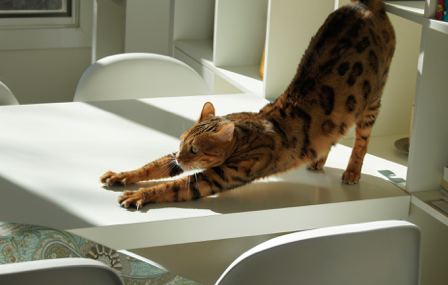
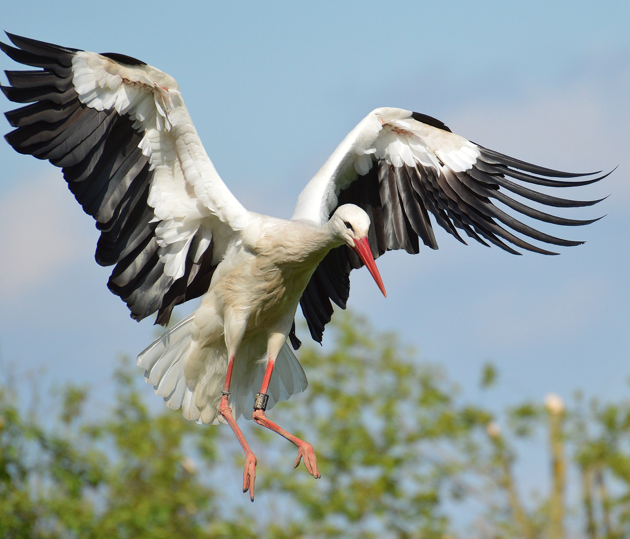
Even something as simple as walking can change your life, and you wouldn’t believe how little makes a difference: 15 minutes twice a day! Read on. In Chinese medicine we associate walking with regulating the Liver, which cleanses the blood and creates ‘harmony’ in our bodies. Studies show that walking helps decrease mortality in patients with various cancers.[2] For instance, breast cancer mortality decreases with three hours of walking per week. That means you could walk 30 minutes a day for six days a week, yes—that could be 15 minutes twice a day and resting on the 7th! If you want to enhance your experience further, breathe deep into the belly and feel the breath expand the sides of the ribs; let your gaze soften and look far to the horizon.

If you are still too pressed for time, try this: take 1 minute and stretch your joints and tissues—reach, stretch, lengthen, and twist anything you can in your body. Then assess how you feel. You might notice a pleasant tingling and more warmth through your body. That’s blood and qi moving, which is the restful feeling of balanced flow. Take a MinuteTM exercises by performer, educator and self-care trainer Zuleikha can make your minute matter. Check out The Storydancer Project website for workshops and stories about how this movement has helped heal people around the world, including survivors of sex trafficking and abuse in India and Santa Fe.
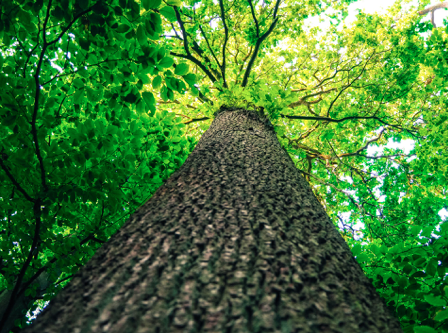
Fourth, rest in gentle nature. Neuroscience says that when our brains are not task-oriented, called ‘directed attention,’ we slip into a default zone of ‘involuntary attention,’ especially if we engage the brain in an environment that feels safe but has enough new and changing sensations, views and sounds to stimulate the brain.[3] This involuntary attention is a type of ‘drift’ mode, and it consumes a lot of glucose and oxygen. Just doing next to nothing! Biophilic design[4] in architecture purposefully creates drift environments, and some theorize that we’re hard-wired to find pleasure in these experiences because of the environments in which human beings evolved. “Aesthetics are healing,” says artist Robert Drummond [www.robertdrummond.com], and I believe that these healing aesthetics are intrinsic to nature. Try this: Sit in a garden and watch the butterflies and birds, listen to the birdsong, see the shadows move under a tree canopy, watch the clouds change in the sky, hear and watch a stream or a water fountain, gaze at the night’s sky. If you are inside, even recordings of water and birds in the background have a delightful effect. The presence of plants in our homes instills peacefulness, and certain ones even detoxify particular chemicals from the air.[5]
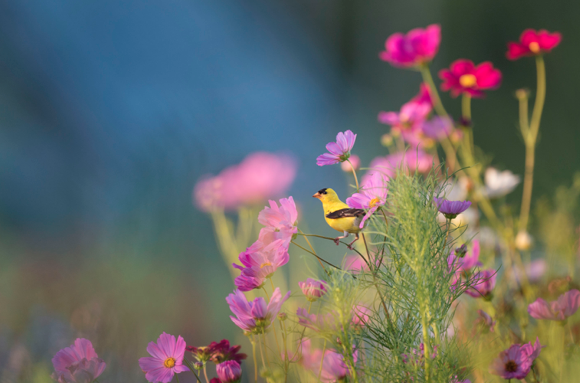
In Santa Fe - Acupuncture is Often Some of the Best Rest
Fifth, rest is sometimes doing nothing (or at least it looks like nothing). Napping, sleeping, meditating, breathing, being quiet – these activities may not look like much but they have significant restorative benefits. You can incorporate these excursions into emptiness as transition points in your day. They don’t need to be long; patients often describe the 20-minute “acu-nap” of acupuncture (link back to FullWellSantaFe.com) as some of the best sleep they get. Try it: Soften the edges in your day by incorporating “breathing room” – putting a little extra time between your activities. Pick a day where you allow at least 5 minutes between each task. Keep that time empty. It’s a tiny bit of spaciousness that expands the compressed sensation of stress. If you can find an environment that supports the brain’s drift mode, all the better. Or try this: If you want something more structured, try meditation with Kathryn Stedham, a Santa Fe mindfulness teacher offering private sessions and small group classes. Contact Kathryn at kstedham@gmail.com for more details.
Sixth, happiness, laughter and connection are shortcuts to the benefits of rest. Laughter improves mood by releasing endorphins and decreasing stress chemicals like cortisol and epinephrine. Postpartum women in laughter therapy studies were shown to improve their immune systems and decrease fatigue and stress.[6],[7] Spending time with friends who make you laugh, seeing a comedy, or generally having a sense of humor not only feels good but is good for us. Touch is equally valuable. Human touch is restorative and reduces stress responses. Premature babies who are touched and massaged by their mothers and nurses have less cortisol stress hormone in their urine.[8] Studies show that petting the dog or cat you love decreases blood pressure.[9] Try it. Smile, laugh, make eye contact, hug your best friend, pet your beloved pet, or ask for Chinese medical massage, called Tui Na, with your next acupuncture session.
Seventh and finally, sometimes it’s not what you do to rest, it’s the awareness you put into it. Santa Fe art therapist Alison Jane, LMFT, remarked on relaxation, “Sometimes it’s more than what you’re doing, it’s the intention you bring to it.” If we intend restoration, we can re-define rest in many activities. Chinese medicine would say that shen-spirit of the Heart can make any experience meaningful. If the creation of meaning is being used to heal traumas and recover from disasters,[10] it can also help us navigate our day-to-day stresses. Try it. The next time you attempt something meant to be rejuvenating, tell yourself, “I am restored, I am rested” as you do it. Then afterwards, see how you feel and what difference the intention makes.
Rest comes in many forms, and I hope that you enjoy new and old ways of recharging this spring. Feel free to schedule your restorative acupuncture and tui na session with me at Full Well Acupuncture - Santa Fe.
Pamela Gregg Flax, DOM, FABORM/2015
Santa Fe, NM
[1] Bradberry, T. The perfect amount of time to work each day. Productivity. (Dec. 9, 2015) https://www.linkedin.com/pulse/perfect-amount-time-work-each-day-dr-travis-bradberry
[2] Lemanne, D., Cassileth, B., & Gubili, J. (2013). The role of physical activity in cancer prevention, treatment, recovery, and survivorship. Oncology (Williston Park), 27(6), 580-585.
[3] Nichols, Wallace J. (2014). Blue mind : the surprising science that shows how being near, in, on, or under water can make you happier, healthier, more connected and better at what you do. New York: Little, Brown and Company.
[4] Browning, W.D., Ryan, C.O., Clancy, J.O. (2014). 14 Patterns of Biophilic Design. New York: Terrapin Bright Green llc.
[5] Wolverton, B.C. (1997). How to grow fresh air: 50 house plants that purify your home or office. New York: Penguin Books.
[6] Ryu, K. H., Shin, H. S., & Yang, E. Y. (2015). Effects of Laughter Therapy on Immune Responses in Postpartum Women. J Altern Complement Med, 21(12), 781-788. doi:10.1089/acm.2015.0053
[7] Shin, H. S., Ryu, K. H., & Song, Y. A. (2011). [Effects of laughter therapy on postpartum fatigue and stress responses of postpartum women]. J Korean Acad Nurs, 41(3), 294-301. doi:10.4040/jkan.2011.41.3.294
[8] Asadollahi, M., Jabraeili, M., Mahallei, M., Asgari Jafarabadi, M., & Ebrahimi, S. (2016). Effects of Gentle Human Touch and Field Massage on Urine Cortisol Level in Premature Infants: A Randomized, Controlled Clinical Trial. J Caring Sci, 5(3), 187-194. doi:10.15171/jcs.2016.020
[9] Baun, M. M., Bergstrom, N., Langston, N. F., & Thoma, L. (1984b). Physiological effects of human/companion animal bonding. Nurs Res, 33(3), 126-129.
[10] Park, C. L. (2016). Meaning Making in the Context of Disasters. J Clin Psychol, 72(12), 1234-1246. doi:10.1002/jclp.22270

